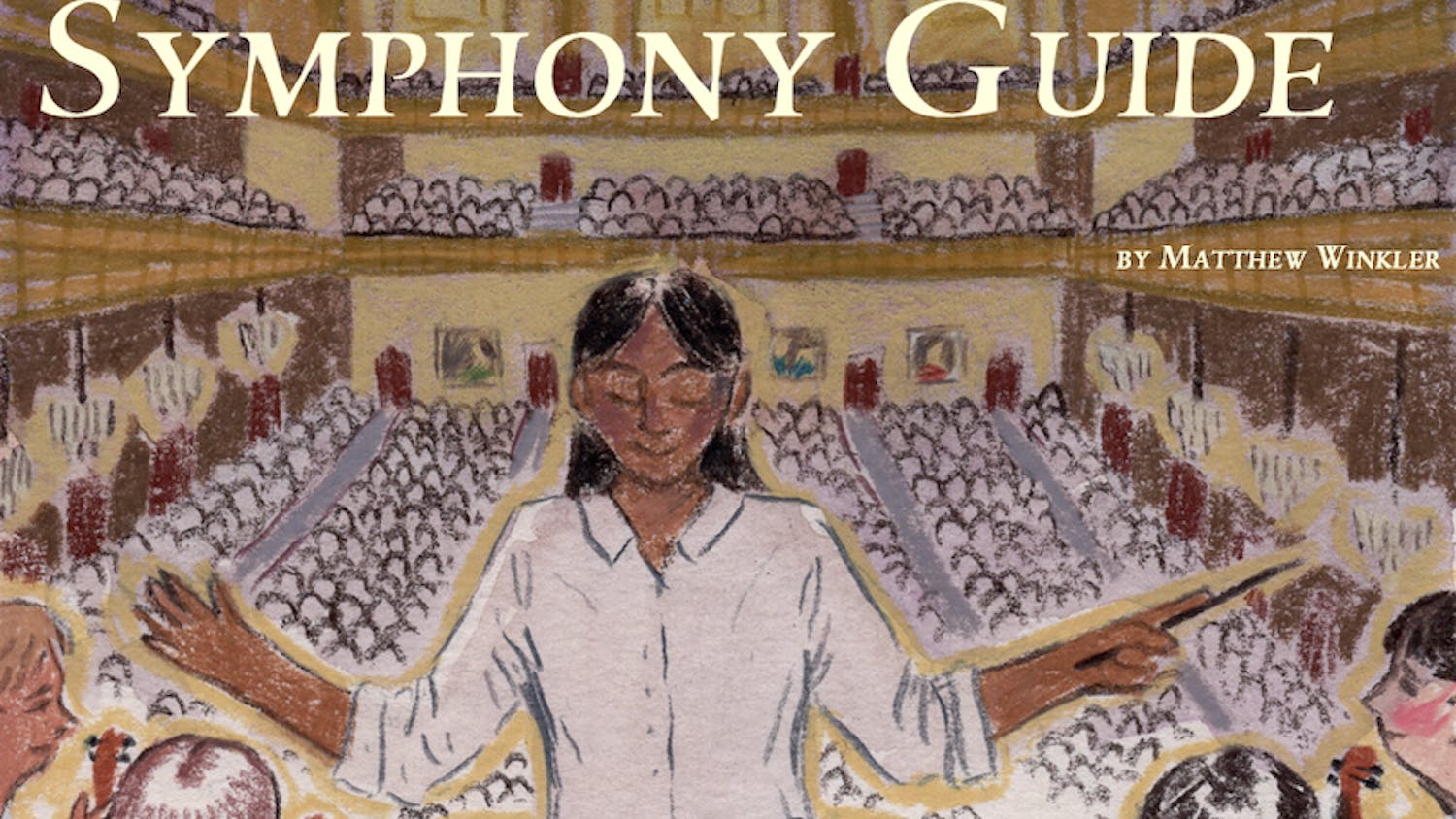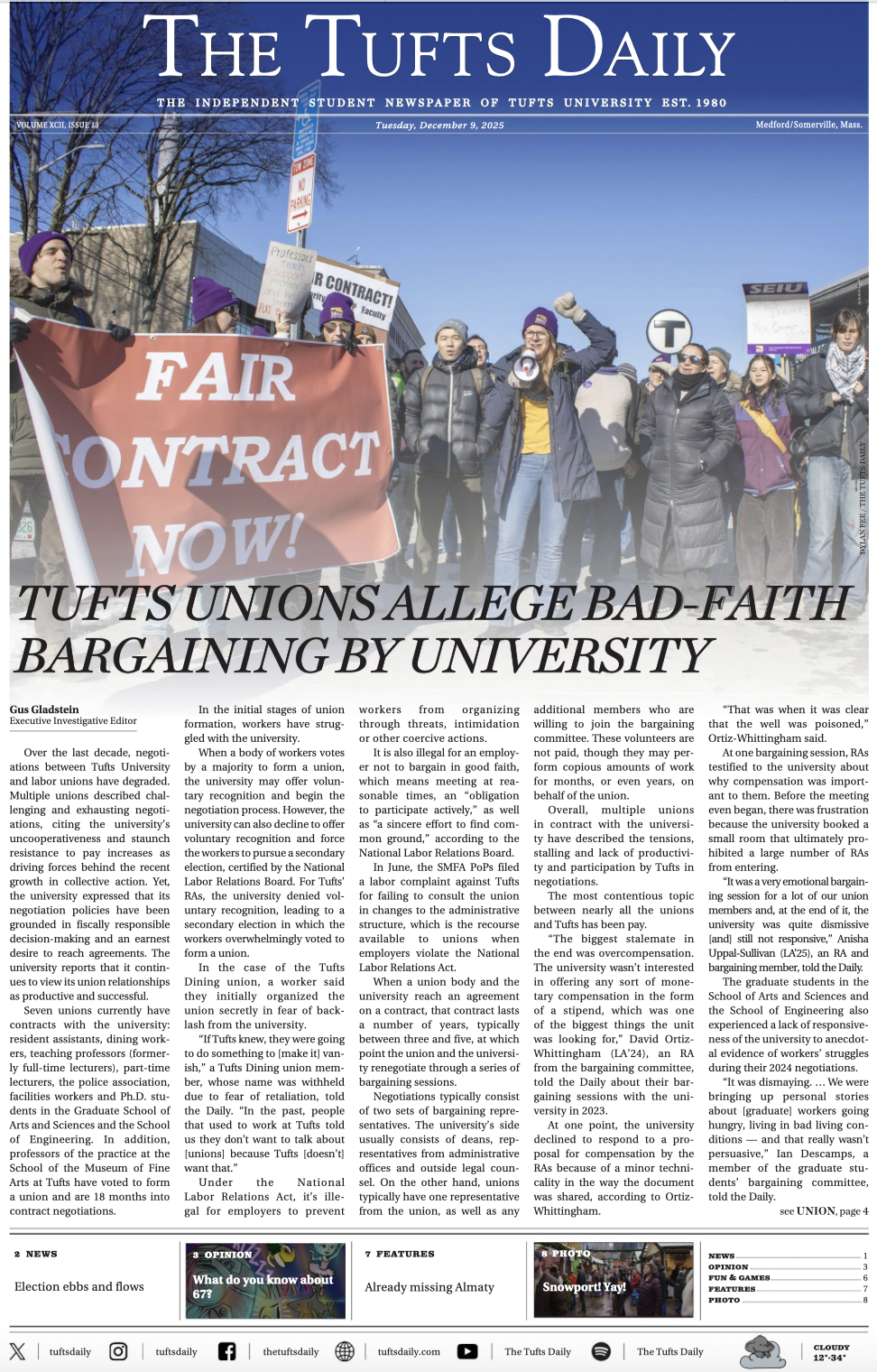The term "sophomore slump" is usually applied to artists who had a successful first album, but have trouble recapturing the same feel on their second. Their sales may decline and their fanbases may diminish, but many bands are able to rebound to have full careers. Panic at the Disco's newest album, however, may prove to be problematic for the band's future. After losing the exclamation point in its name, Panic is back and ready to face the criticism of many.
"Pretty. Odd.," which was released last Tuesday to much anticipation from fans and critics, sports a strange mix of musical influences like The Beatles' "Sgt. Pepper's Lonely Hearts Club Band" (1967), The Beach Boys and The Kinks. No longer are their ironic songs about strip joints and cheating whores; instead the band goes for cheeky pop songs that are nothing like their original material.
Instead of the neo-gothic baroque pop that characterized Panic's first album, "Pretty. Odd." takes the band's sound further in the direction of a circus. The album is a cacophonous mix of horn bleats, pounding drums and cartoony, nonsensical lyrics. Above it all, lead singer Brendon Urie's voice rises like a conductor trying to corral a herd of starved pit orchestra members for the world's most elaborately overcooked musical.
The album begins with its cheesiest song, "We're So Starving." Let's put it this way - if a band needs to start an album by singing "Oh, how it's been so long/ We're so sorry we've been gone/ We've been busy writing songs for you!" they need to rethink their methods of capturing an audience's attention. The song flows into the first single on the album, "Nine in the Afternoon," which may be its only decent song - and not surprisingly, the only one comparable to the music of the previous album. Urie and company belt out the lyrics and harmonize beautifully. The song features a heavy volume of brass and orchestral instruments.
"She's a Handsome Woman" takes full advantage of melancholy guitar riffs and harmonizing, which sound all right until they get tiring and hard on the ears. "Do You Know What I'm Seeing" introduces the use of harmonica and more self-deprecating lyrics such as "I know it's sad that I never gave a damn about the weather/ But it never gave a damn about me." Next, "Little Green Gentleman" provides a more upbeat and simple rock song, the song that provides the lyrical inspiration for the title of the album.
Taking a page from a band like Say Anything, Panic's track "I Have Friends in Holy Spaces" is mixed to give it a 1950s sound, with piano, clarinet and a phonograph-like sound to add to the effect. Track after track, there are mixes of several different instruments combined to make some interesting sounds.
This style of recording begs the question, how will the band be able to pull off these songs live? The band recently performed on "Saturday Night Live" with a handful of backup performers playing the extra instruments. They played their newest single, as well as the first single from their previous album, "I Write Sins Not Tragedies" (2005). It seems strange that they didn't play a single one of their new songs, especially as Urie sounded horrible while trying to hit the high notes in the older song.
It's easy to see that there are going to be two different types of reactions to this album. One group of people will claim that the band has left its old fans high and dry with new riffs completely lifted from '60s bands. The other group will applaud the band for trying something different and departing from the very electric sound of its previous album. The album is very different, a quality that comes as a great surprise after the band built such a large fanbase around the success of its platinum-selling first album.
Maybe for its next album, the band will find a perfect mix of the two styles, but if not, the future does not look bright for Panic at the Disco.





